Leadership Profile: John Williams
As an extension to our extremely popular Career Profile Series, Design Insider is thrilled to bring you the all new Leadership Profile, inviting leading professionals from the sector to discuss their approaches to leadership. In this edition, we are thrilled to share our Q&A with Design Insider Ambassador and Founder of SpaceInvador, John Williams.
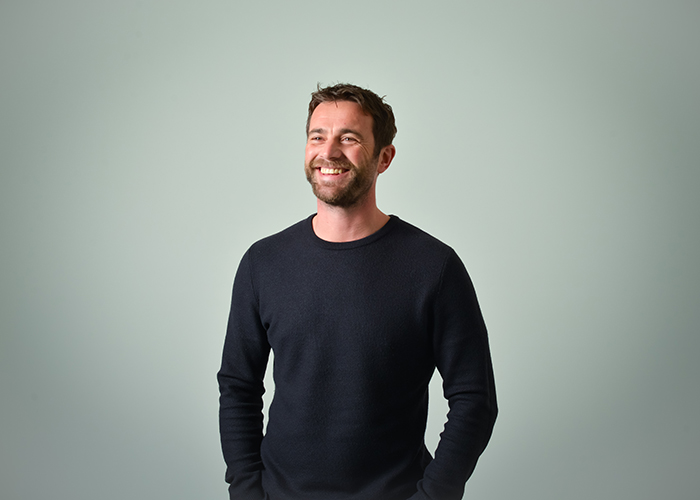
Please could you introduce yourself and your role?
I’m John Williams, Founder of Manchester-based interior designers SpaceInvader. I’m very hands-on and I oversee pretty much everything the studio does, from business development and client relations to creative direction, finances, marketing and facilities management.
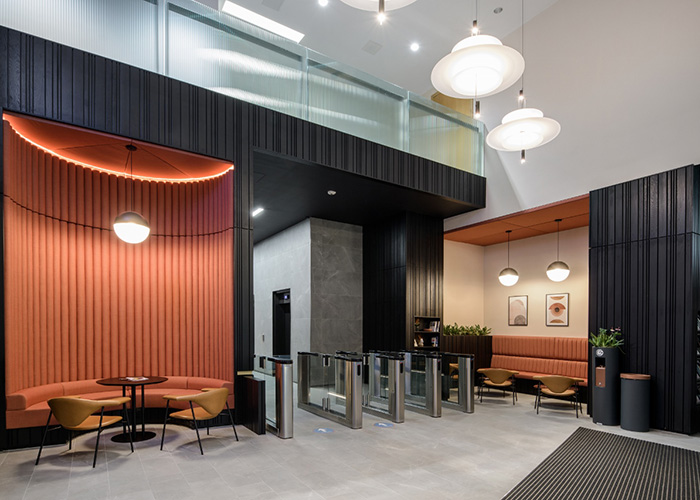
Workplace design both Cat A and Cat B is a specialist area for SpaceInvader
How would you describe yourself as a leader?
My style is very relaxed. Fundamentally, I see my role as encouraging other people to achieve and become the best they can be, by giving them a framework but without spoon-feeding them. I run an inclusive, open and honest studio and try to be direct and clear, as well as considered and decisive, so that everyone knows exactly where they are at all times – and where they’re going.
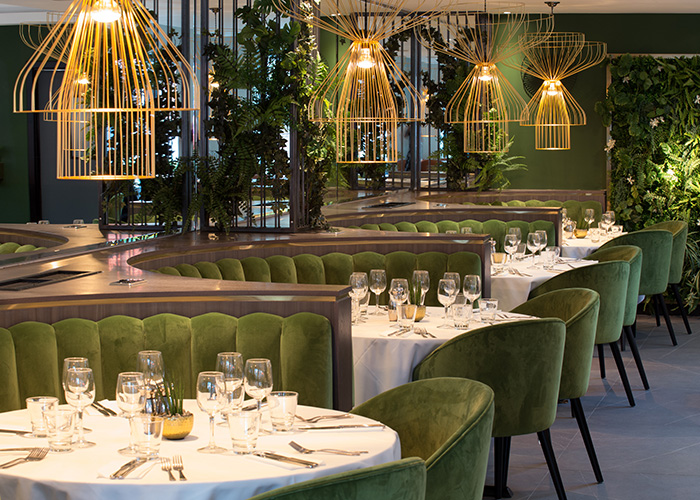
The studio also delivers award wining hospitality projects such as Alberts in Didsbury
What career experiences have particularly influenced your approach to leadership?
First of all, travel. I worked in the US for three years, in California. That experience – and having to adapt to the culture of the American West Coast – had a big, positive effect on me. I experienced a much more laid-back management style than I’d seen in the UK and I preferred it. I try to maintain it at all times at SpaceInvader too.
Secondly, starting a business, because you learn so much so quickly, including plenty of mistakes, of course. It’s definitely a rapid learning scenario at the outset, with a lot of lessons coming at you quite quickly. The biggest thing to learn is that you have to take responsibility for absolutely everything, because, if you don’t, you won’t necessarily like the results!
A third experience that had a big impact on me is rapid company growth and how difficult it is to keep control of everything, from internal culture to design output and client relations. What I really took from that is that it’s OK to slow growth down a bit and say ‘no’ occasionally to opportunities, specially if your instinct tells you it isn’t right for the business. It’s more important not to lose your vision or culture or to see your values diluted because of outside pressures. It’s definitely more important to grow sustainably, without incurring any damage to the studio’s reputation and integrity.
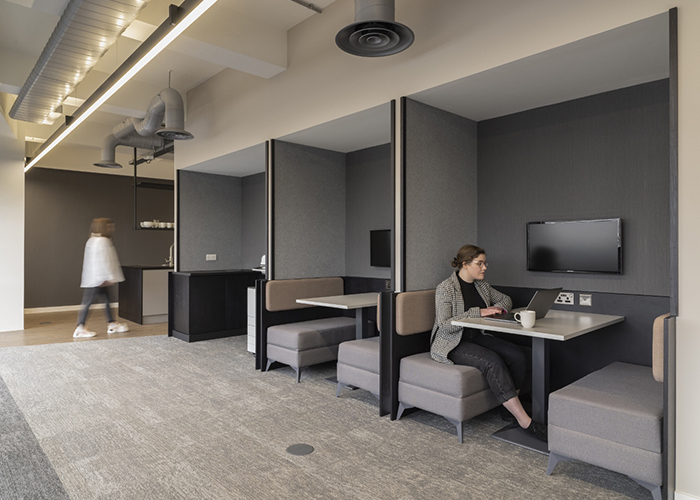
Its important that a company grows as well as works sustainably
Is there an aspect to leadership which you particularly enjoy, an area which you find particularly interesting or an aspect which you feels needs increased visibility or support?
I love meeting clients, listening to clients and presenting to clients – anything to do with the front end of the business really.
I also love being in a creative atmosphere, such as when we’re gathered in project teams to kick ideas about or hold design reviews for a project that’s underway. I enjoy making sure everyone on the team has a real input and that we get buy-in from everyone on creative direction. If the right people are in the right place on the right project, I’m happy!

John loves working in a creative atmosphere kicking about ideas with project teams.
What challenges has the Covid pandemic created for you as a business and how did you resolve them / are you resolving them?
Making sure people could collaborate using screens was a bit of a buzz to start with, surprisingly, just because it was different I think – but it wasn’t sustainable, so it’s great to be all back in the studio now. The collaborative process would have really suffered if we’d been apart any longer.
Obviously, our work slowed down, as it did for everyone else and we lost a few people along the way, or else they chose to move away or make a change in the direction of their lives as a result of the pandemic. Now, however, we’re really busy again and there’s a strong team feel. Everyone’s really happy and grateful to be together again.
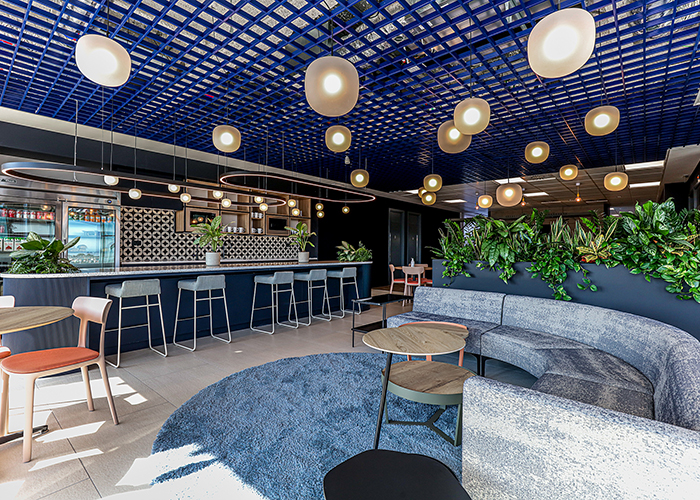
Although work slowed during the pandemic some projects were also successfully completed at its height
What do you think are the biggest challenges facing the design industry today?
The carbon footprint of the construction sector is a massive issue and businesses need to do more than pay lip service and work really hard to get to net zero. It’s by far and away the biggest issue facing design and the government still needs to give more guidance and assistance.
For us, with quite a lot of pension fund and developer clients, we’re finding that the cash they stored up during Covid-19 now needs to be invested – and fast – so there’s a real push on projects. At the same time, there are massive logistical issues resulting from the pandemic, Brexit, Ukraine and the resulting increase in energy costs, including labour shortages, increased lead times and higher costs for material shipping.
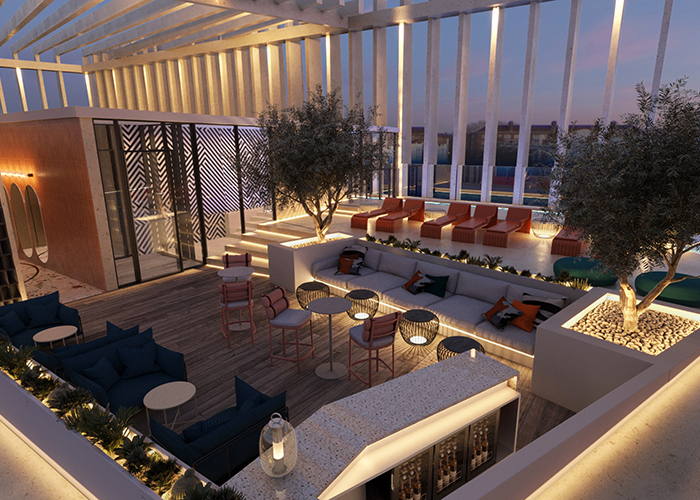
Creative work during the pandemic included the design of a new hotel in Malta for Tribe Hotels
What is your personal design vision?
To make interior spaces genuinely sustainable, though it’s really difficult to achieve, specially if you don’t have a say at a building operations level. Nonetheless, it’s very much what we’re trying to achieve right now, with a raft of more sustainable solutions, making sure to add in plenty of extra inspiration and even glamour at a decorative level, including more art, texture, biophilia and other aspects of a spatial design that contribute to user wellbeing.
I also believe design should have a social value. The vision of each project should continue out into the community, with office developments also offering areas for local small businesses and retailers, for example, and at manageable rent levels, increasing not only the look but the vibrancy and integrity of schemes.
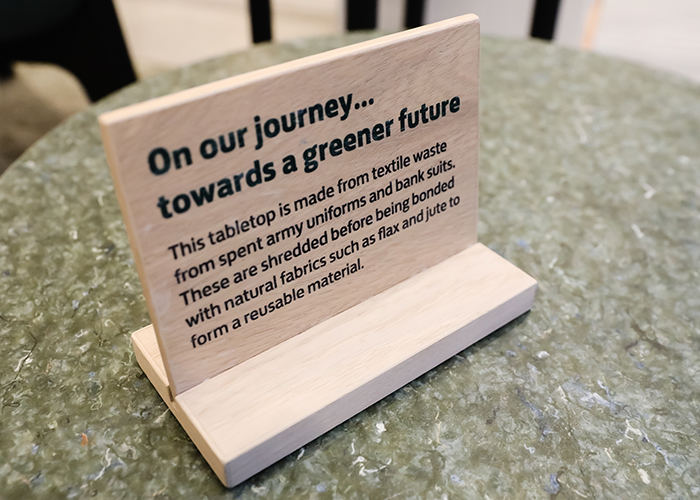
The carbon footprint of the construction and interiors sector is the biggest issue facing design
Do you think leadership can be taught? Are there any areas of leading a business you would like to be better at personally?
Yes, in part. I think it’s probably a blend of experience and looking pro-actively at research and being willing to learn.
There’s lots I’d like to be better at – specially at not taking work home with me at the end of the day, so that there’s a real mental gap between shutting the door to the studio and opening the door to the house!
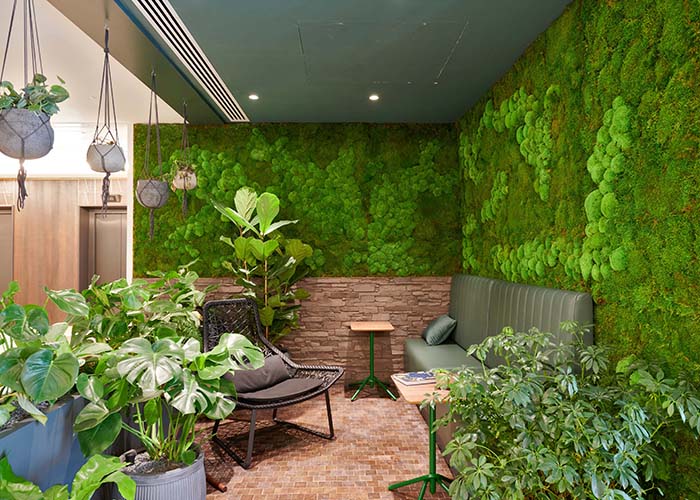
Art and biophilia are inspirational routes to promoting wellbeing for end-users
What advice would you give to someone trying to build a new team and company for the first time?
Be yourself, aim high and be thorough. There aren’t any shortcuts or, if there seem to be, you can be sure they’ll catch up with you in the end!
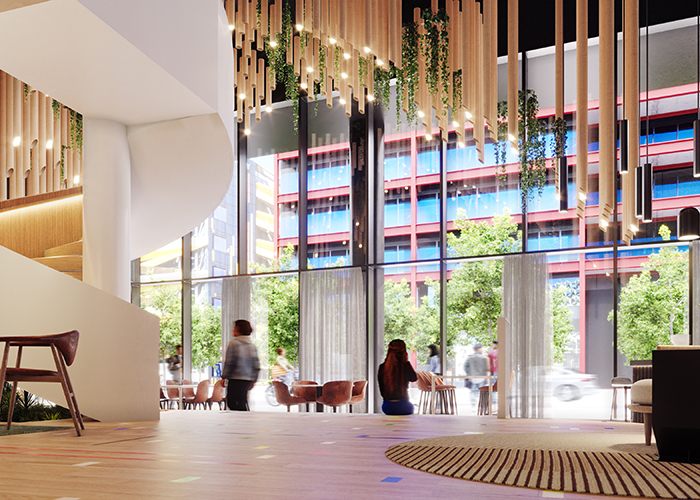
There are no shortcuts to great design





Comments